Untitled
(“One can recognize a great cold [in Yakutsk], she explains to me, by the bright, shining mist that hangs in the air. When a person walks, a corridor forms in this mist. The corridor has the shape of that person’s silhouette. The person passes, but the corridor remains, immobile in the mist.”)
ROGUE HUE
I. Divided into two parts, Lars von Trier’s Melancholia is ostensibly the tale of two sisters: the emotionally disturbed Justine who ditches her fiancé at the altar, and the well-adjusted Claire with her husband and son. Yet there is a third protagonist named in the title: the rogue planet Melancholia which, due to an astronomical aberration known as the dance of death, is on course to collide with the Earth. The first part depicts Justine’s psychic disintegration as she descends into depression and withdraws from the world. In the second part, Justine regards the coming extinction event with indifference (her trauma has already happened, and she is already over the edge). In one nocturnal scene, she bathes naked in the radiant light of the looming Melancholia, as if its tidal pull is drawing her into its irregular orbit as it gets closer and closer. Meanwhile, Claire frantically attempts to deny and then to escape her doom, eventually resorting to magical thinking. Their changing identities and oscillating emotional states are influenced and mirrored by the beautiful but catastrophic rogue planet which, though it is irradiated with light, gives back no reflection.
II. In Untitled (“One can recognize…”), Roni Horn has sited a round glass element in a rustic room tucked away in one corner of the Villa Ricucci. The artist has staged an unmediated encounter, precisely scripted yet metaphorically open, with the inherent properties of her chosen material. The sculpture embodies the paradox that the more transparent something is, the more mysterious it becomes. Resting low on the packed earth floor, it is illuminated solely with natural light from a single northeast window, and its colour alters with the hours of the day and the changing seasons—at times a very pale white, at times a faint bluish hue. The specific light quality of Chianti is thus given a material presence that resembles a complex landscape. It is as if Horn has brought the moon indoors. The dialectical interplay between light and glass precipitates in the viewer an awareness of the instability and mutability of perception and identity.
Philip Larratt-Smith
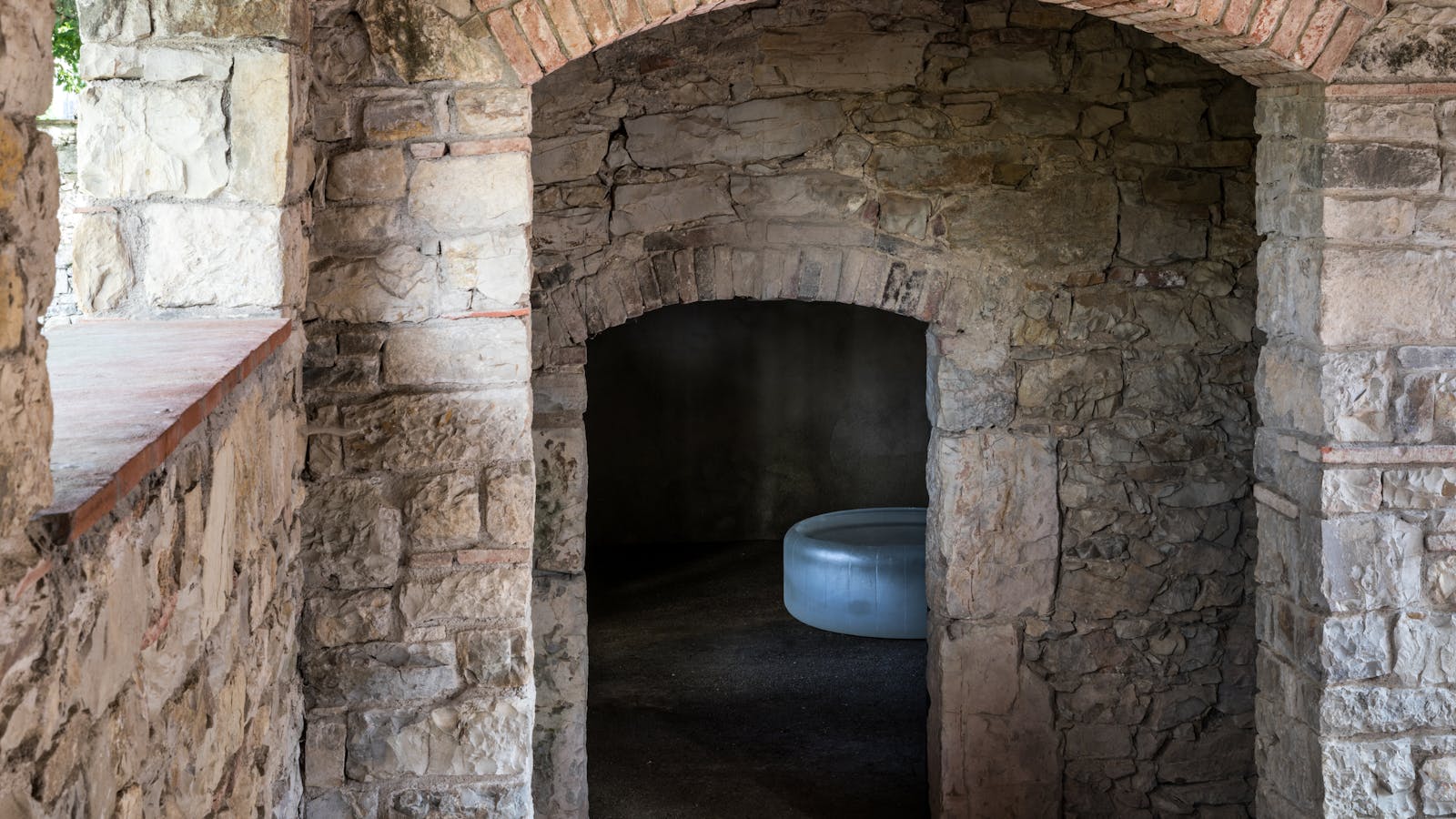
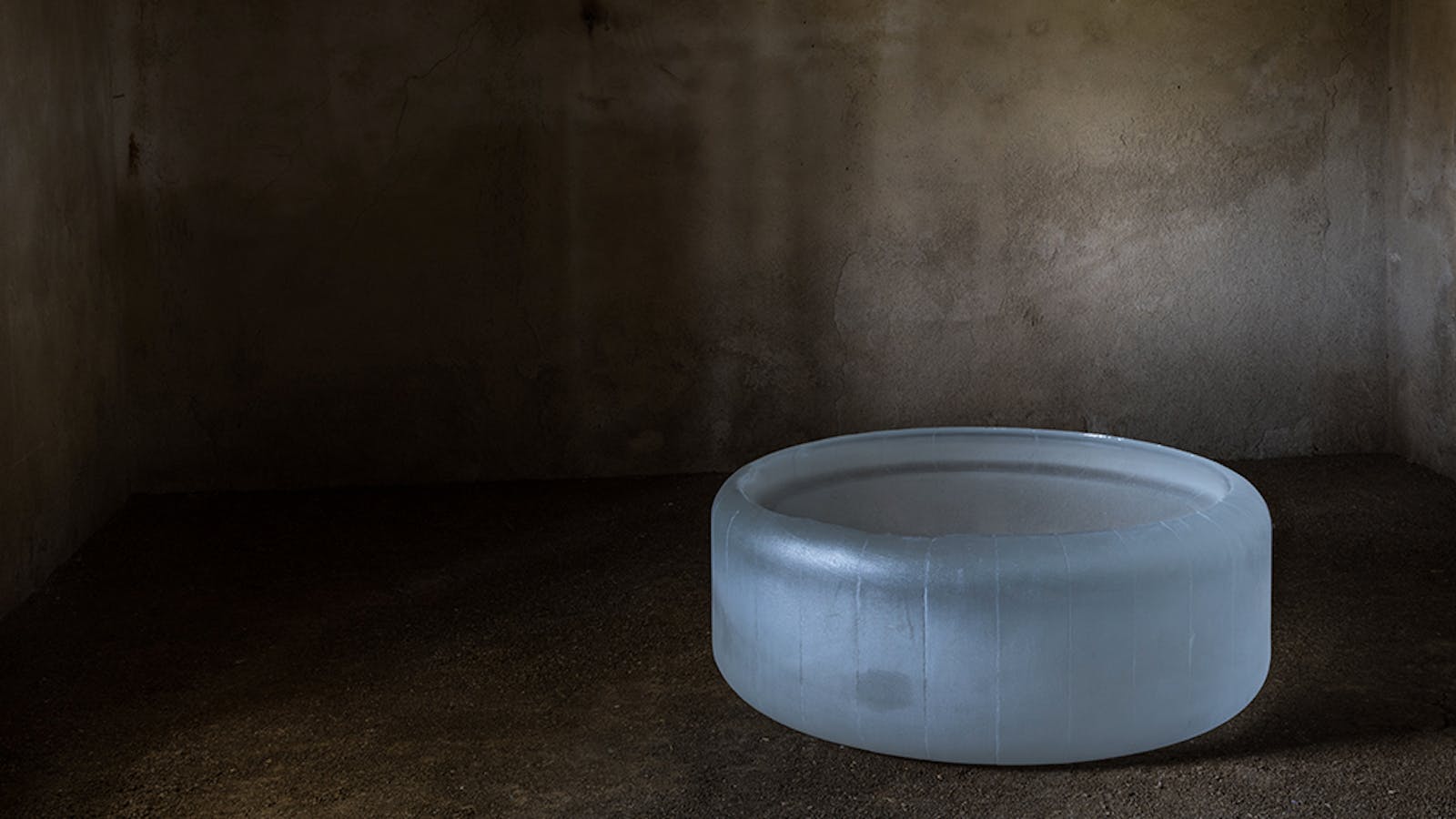
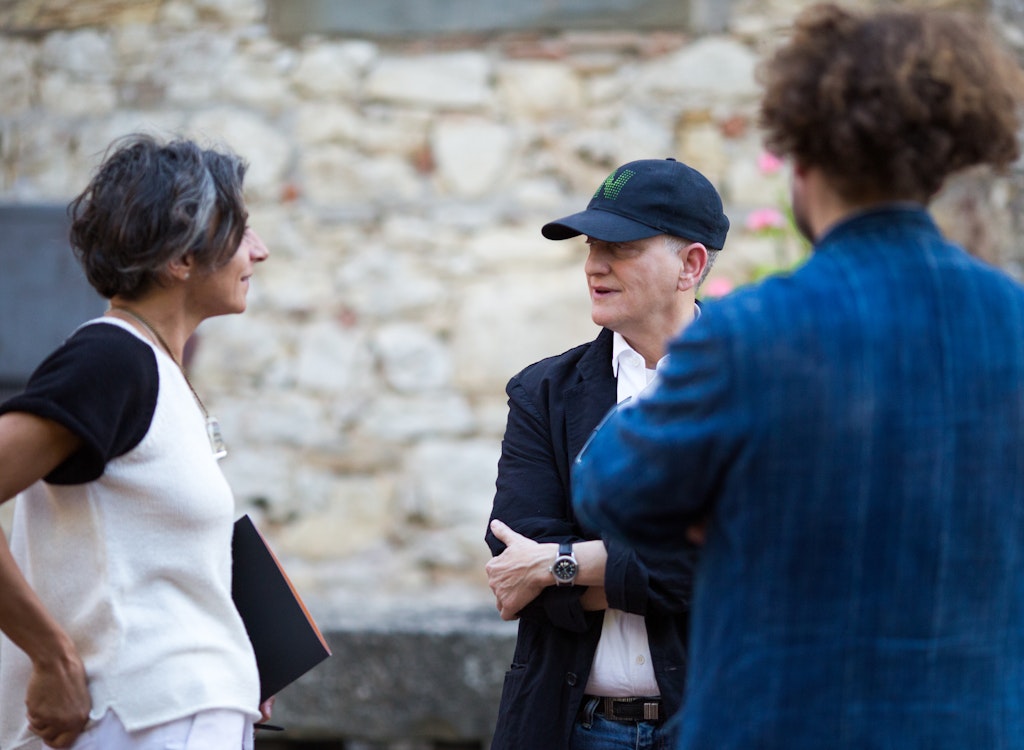
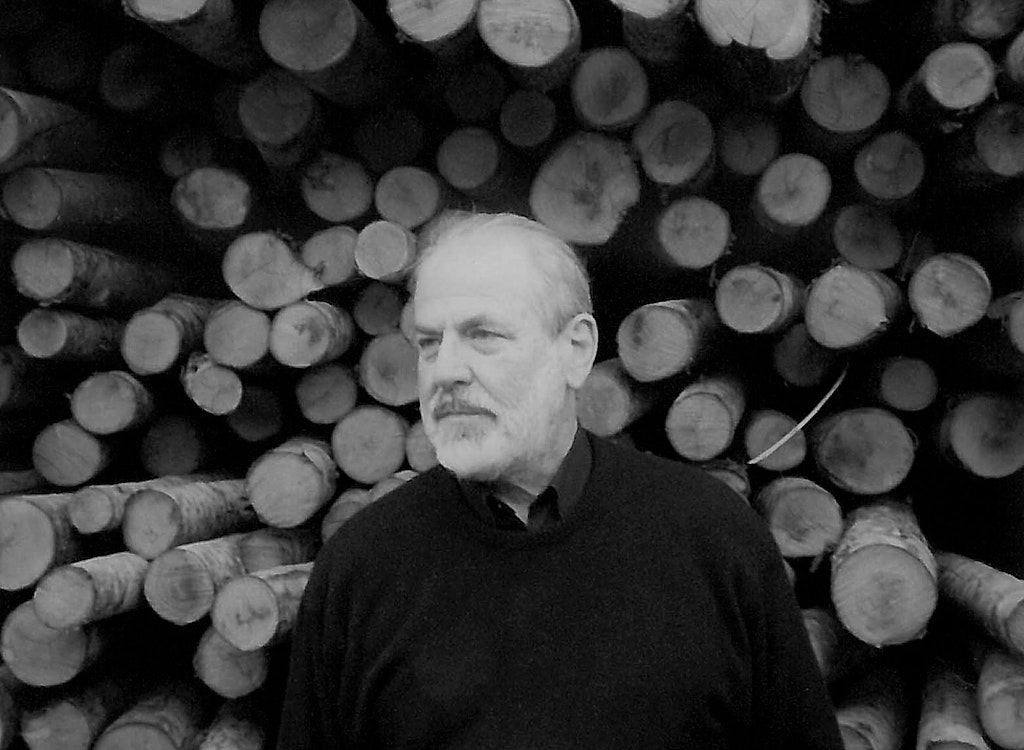 Michelangelo Pistoletto
Michelangelo Pistoletto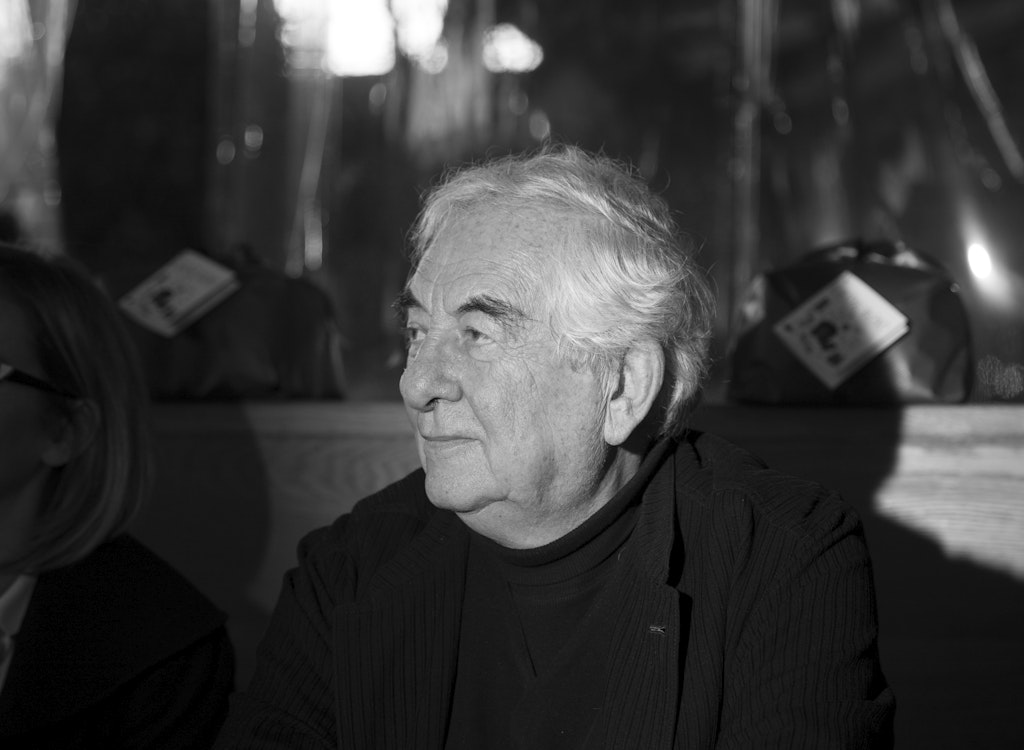 Daniel Buren
Daniel Buren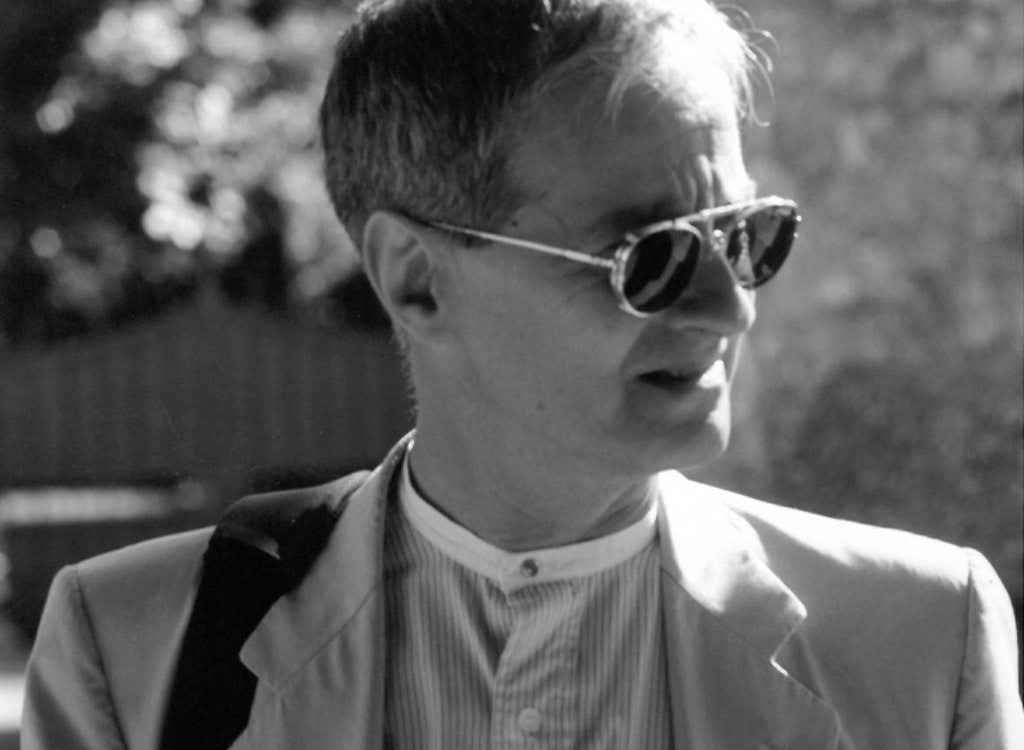 Giulio Paolini
Giulio Paolini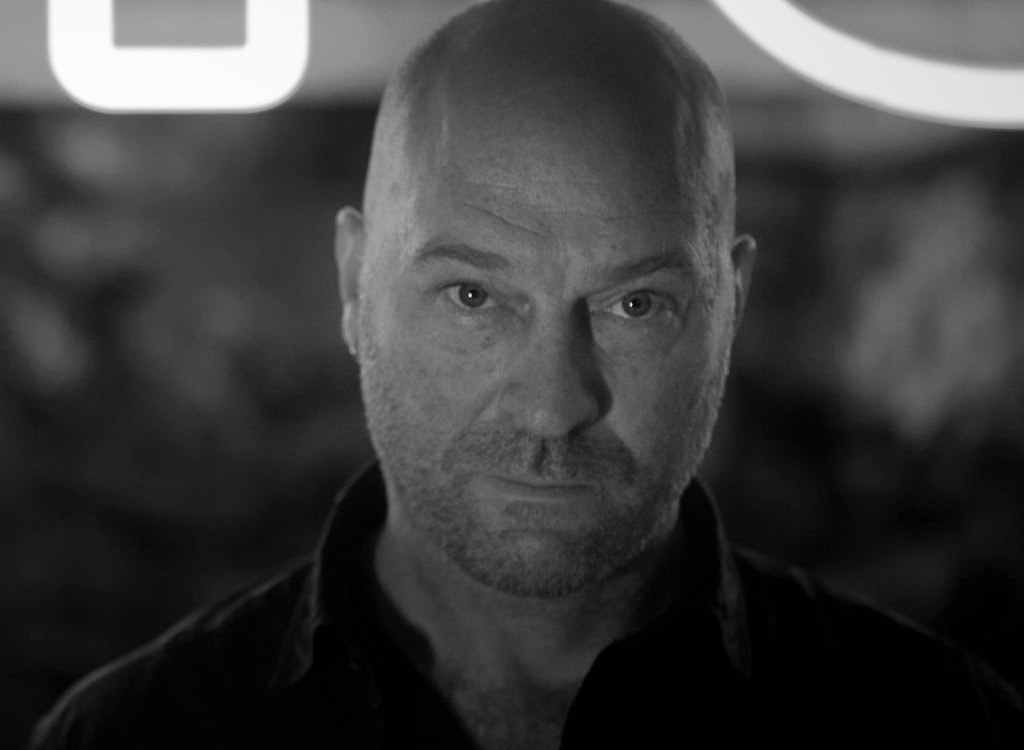 Kendell Geers
Kendell Geers Anish Kapoor
Anish Kapoor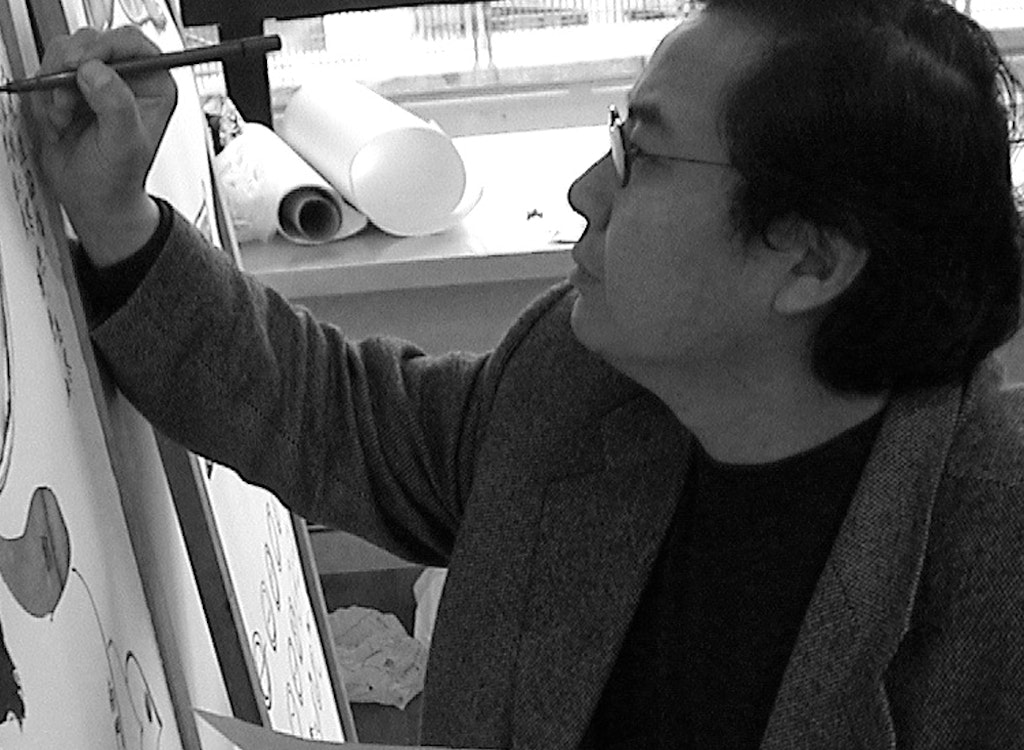 Chen Zhen
Chen Zhen Carlos Garaicoa
Carlos Garaicoa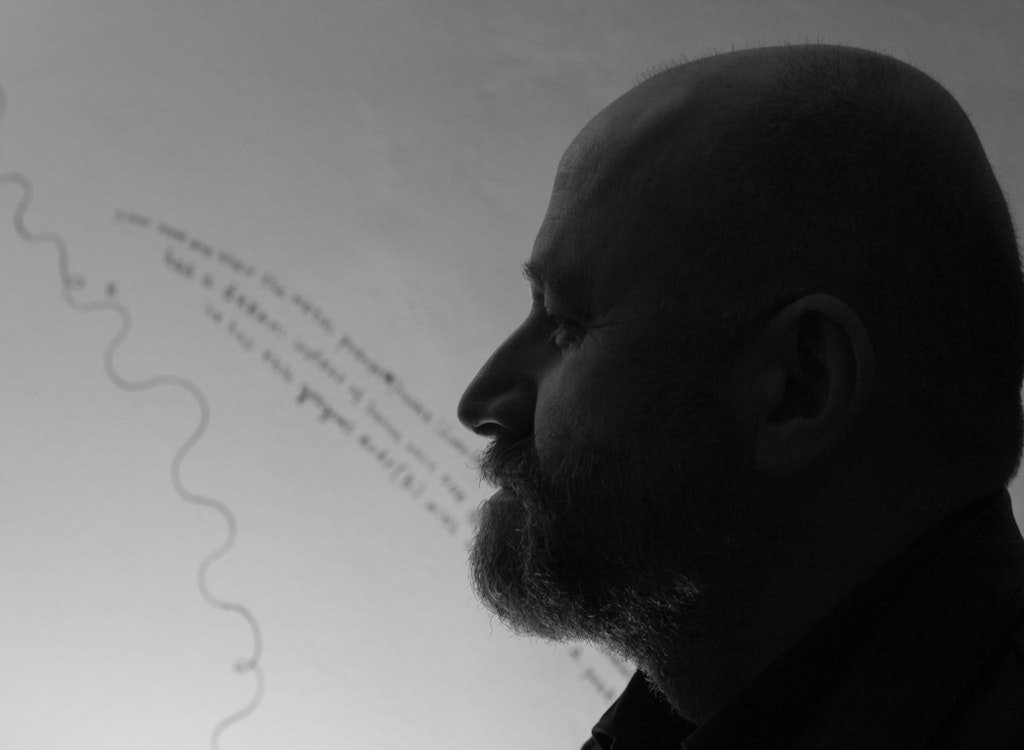 Nedko Solakov
Nedko Solakov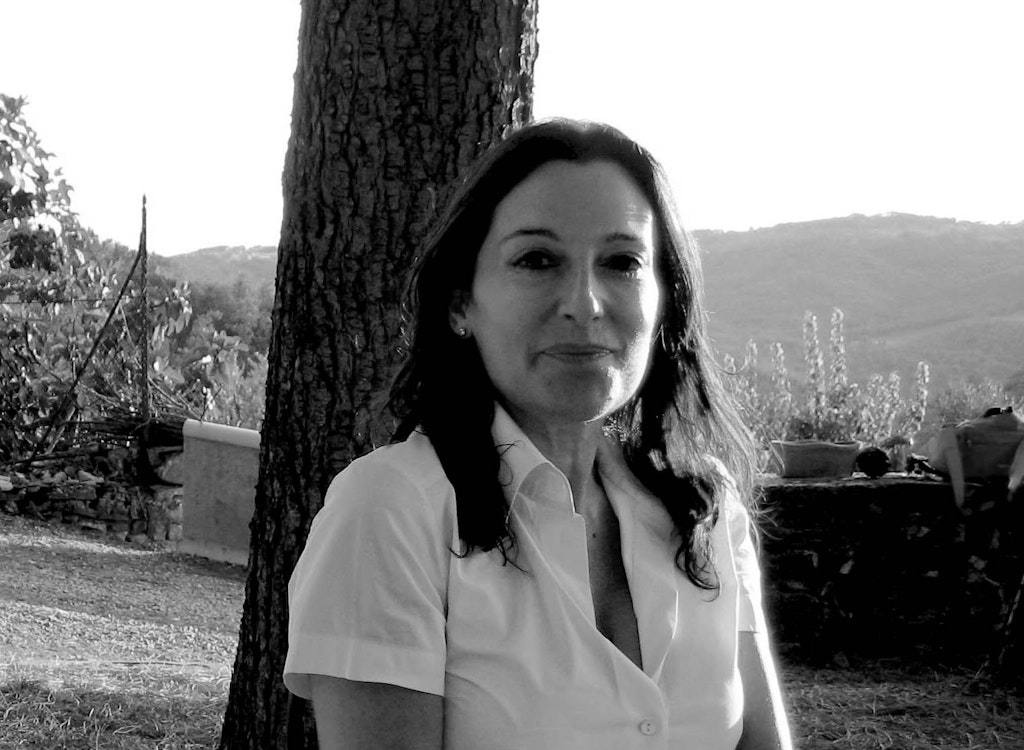 Cristina Iglesias
Cristina Iglesias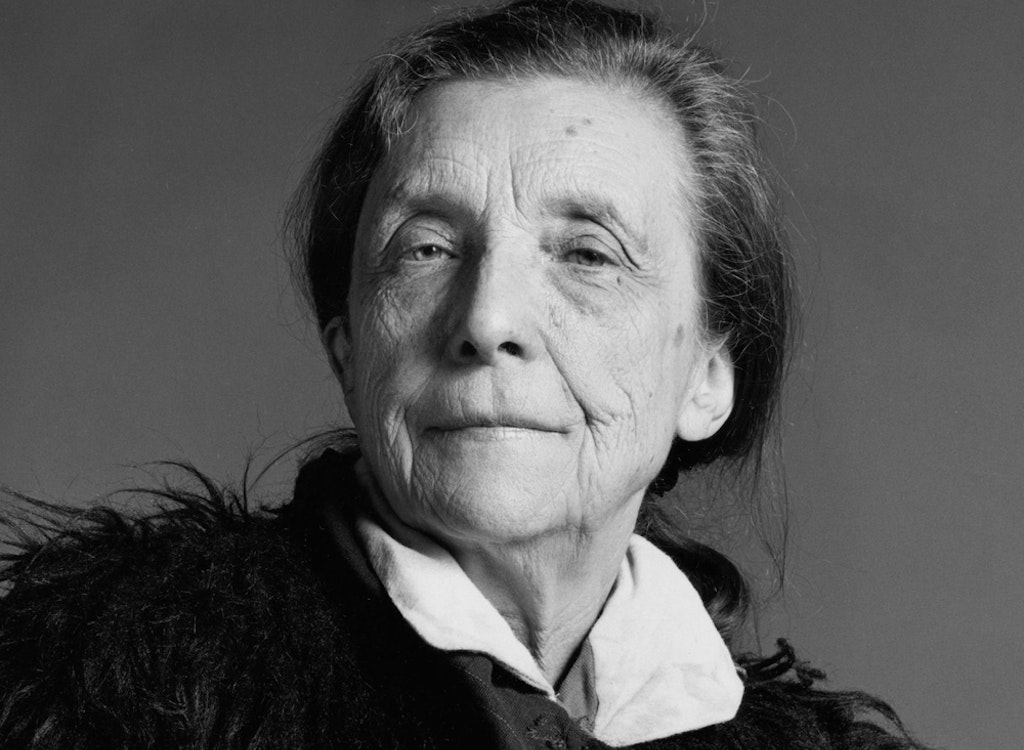 Louise Bourgeois
Louise Bourgeois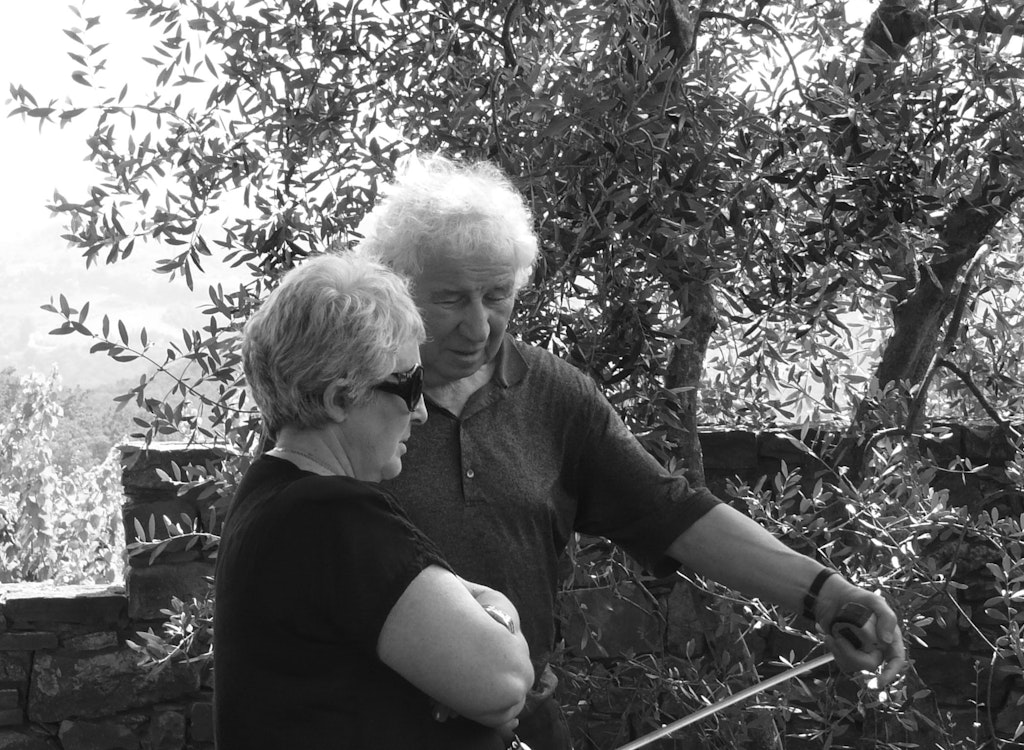 Ilya & Emilia Kabakov
Ilya & Emilia Kabakov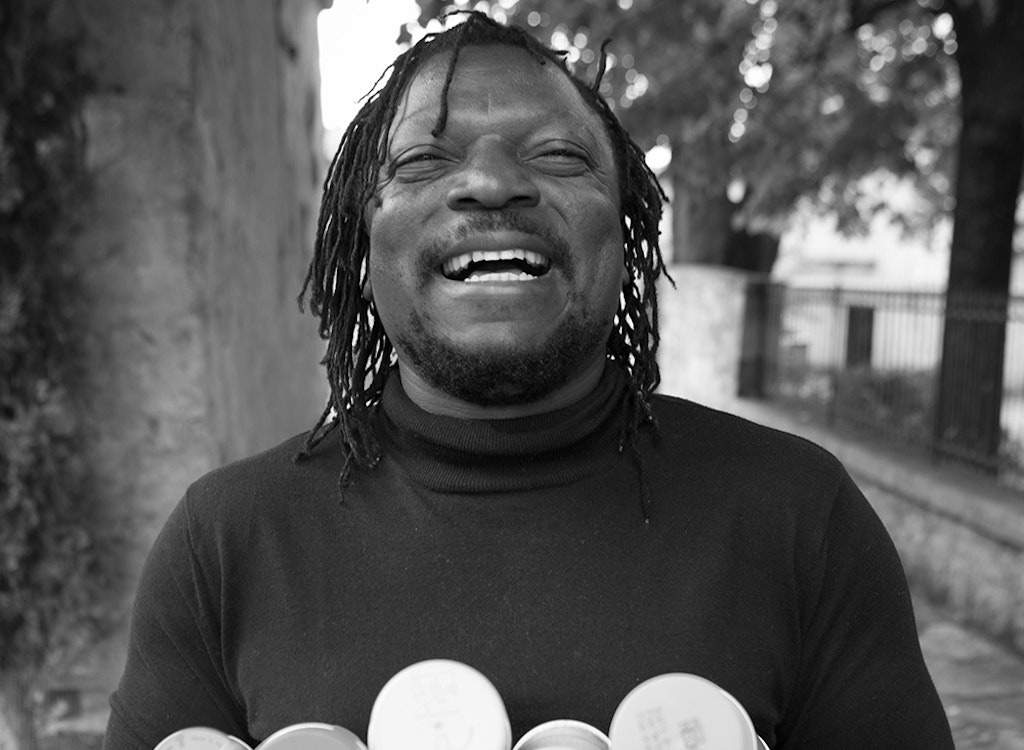 Pascale Marthine Tayou
Pascale Marthine Tayou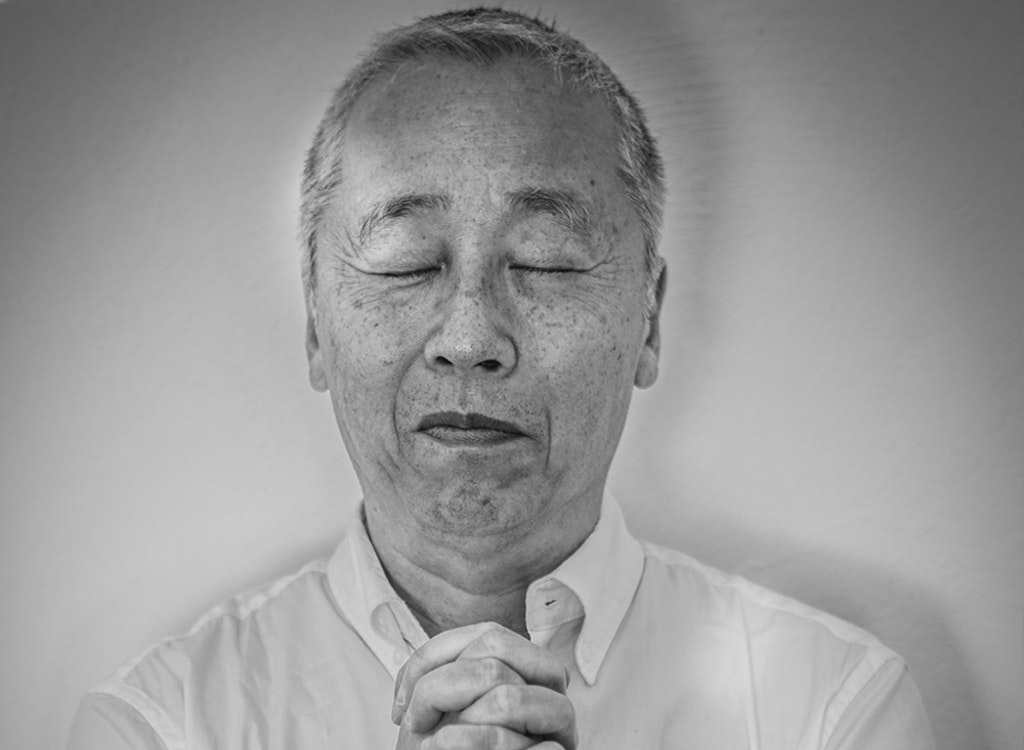 Hiroshi Sugimoto
Hiroshi Sugimoto Lee Ufan
Lee Ufan Roni Horn
Roni Horn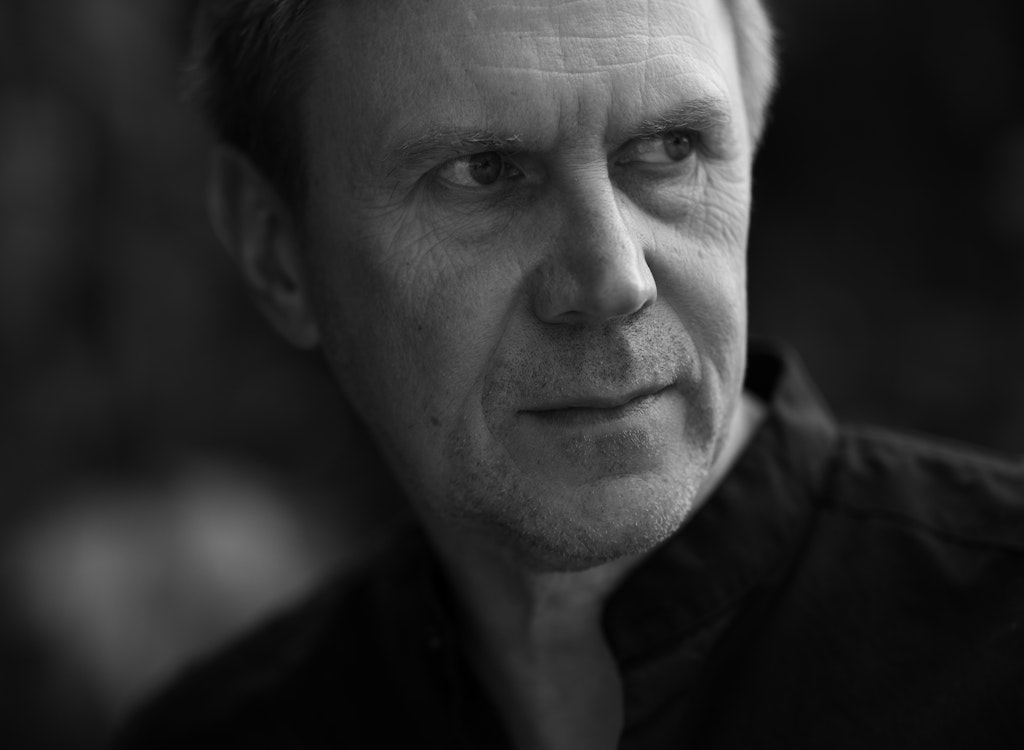 Mirosław Bałka
Mirosław Bałka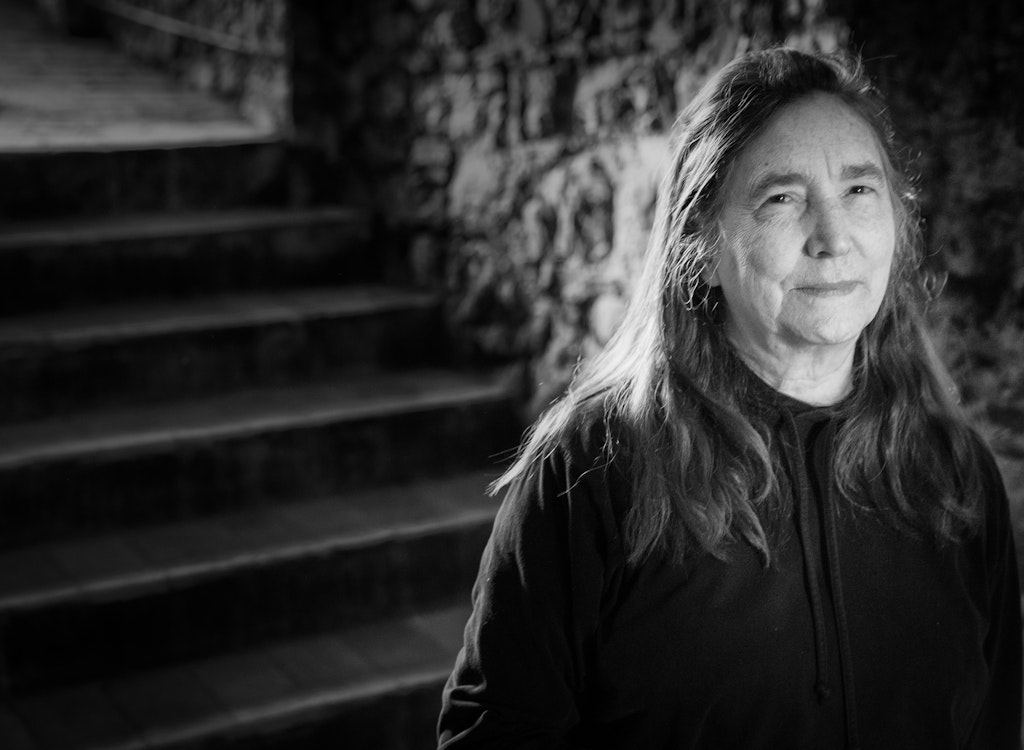 Jenny Holzer
Jenny Holzer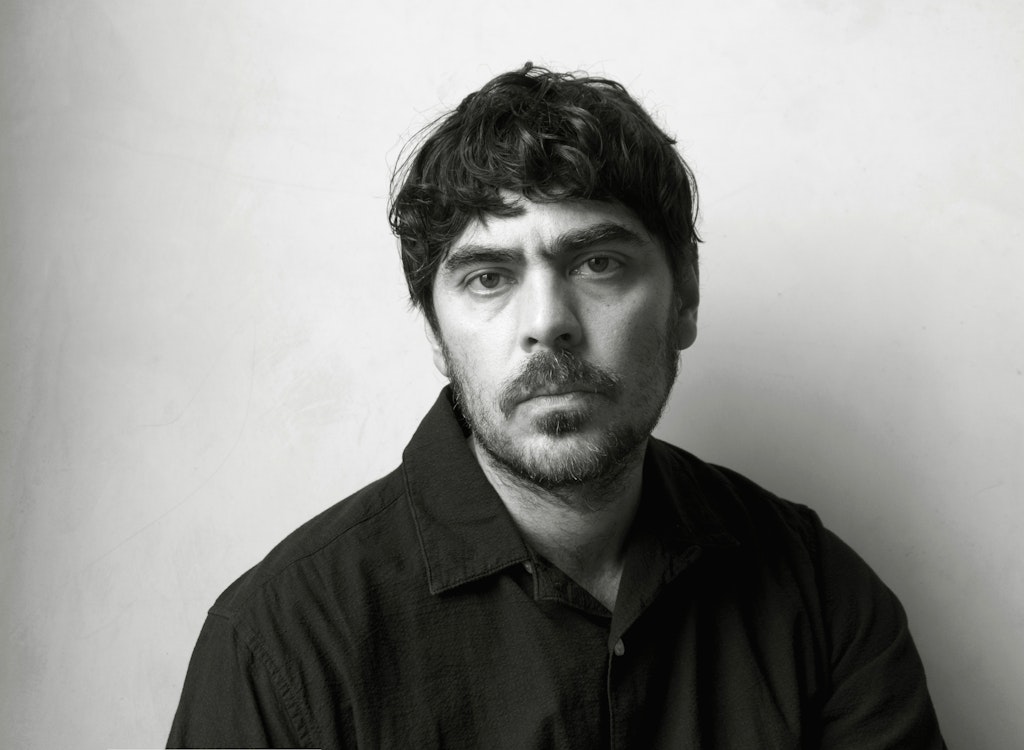 Giorgio Andreotta Calò
Giorgio Andreotta Calò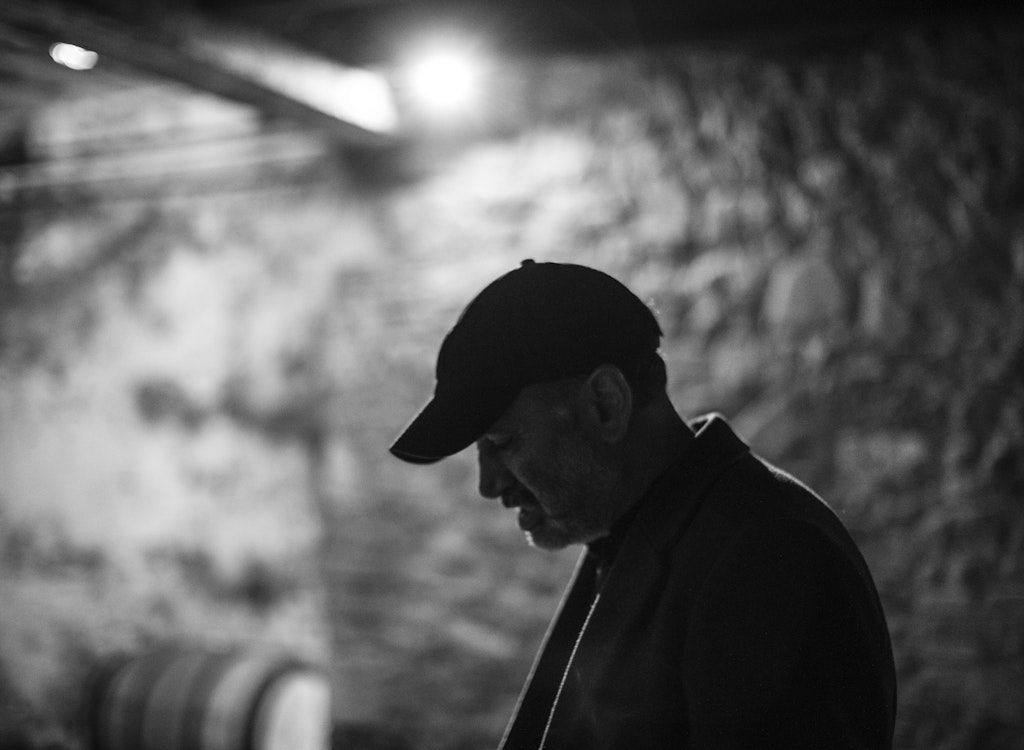 Bosco Sodi
Bosco Sodi
